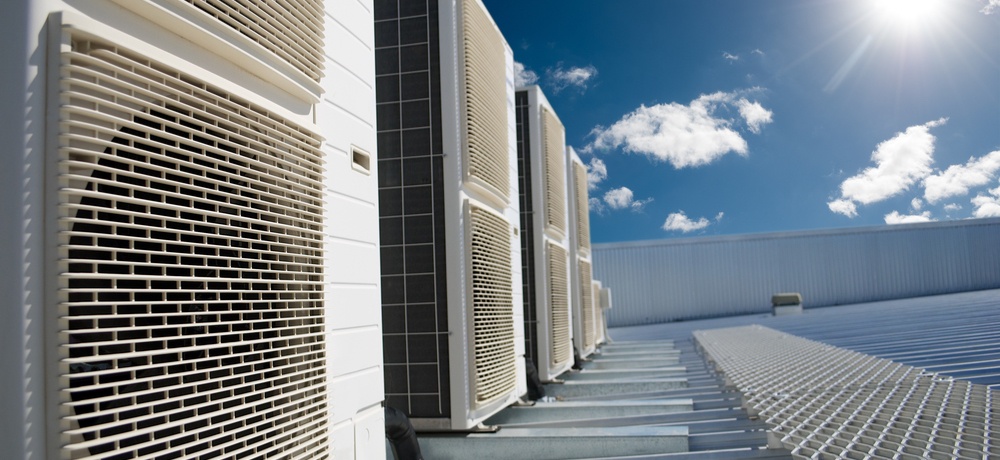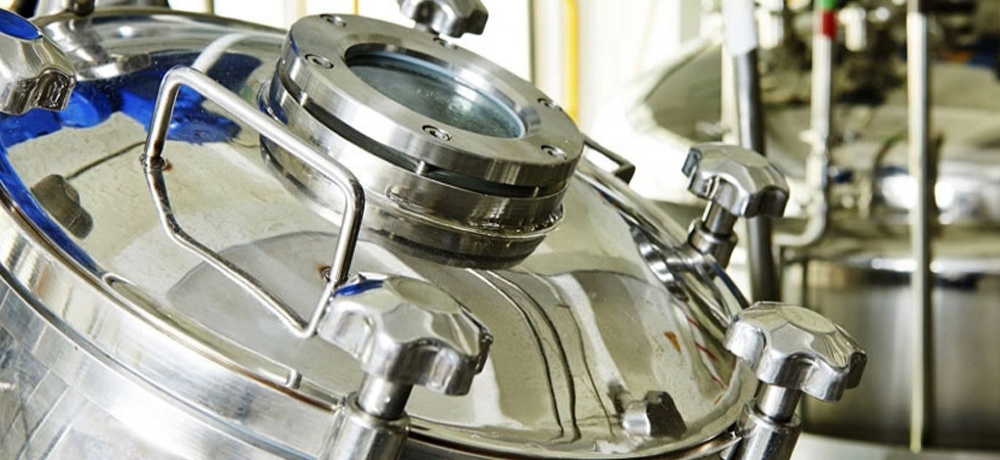Fluorinated gases (F-Gases) are a family of man-made gases used in a range of industrial applications. Because they don’t damage the atmospheric ozone layer, they are often used as substitutes for ozone-depleting substances.
However, F-gases are powerful greenhouse gases, with a global warming potential (GWP) of up to 23,000 times greater than carbon dioxide (CO2). As such, there has been tighter control on refrigeration gas production, equipment, service and maintenance - most notably the EU’s legislative action: The F-Gas Regulation.
In this blog, we shine a light into the F-Gas regulations and the government’s refrigerant phase out plans.
The F-Gas Regulation
The F-Gas Regulation (EC) 842/2006 was adopted on 17th May 2006 and later revised and replaced by (EU) 517/2014 in April 2014. The core aims of these revised regulations include:
- Better containment of F-gases in their applications
- Recovery of F-gases from products and equipment reaching their end of life
- Training and certification of technical personnel and companies working with F-gases
- Reporting of production, import and export data within the EU
- Labelling of certain products and equipment containing those gases
The overall aim of F-Gas is to reduce and contain emissions by using responsible refrigeration.
Your legal obligations
Under F-Gas, it is now a criminal offence to release f-gases into the atmosphere. Most of the key obligations are the responsibility of the operator, who is defined as “the natural or legal person exercising actual power over the technical functioning of the equipment and systems.”
Operators of equipment containing F-Gases must:
- Prevent leakage
- Ensure that leak checks are carried out
- Repair any leaks as soon as possible
- Arrange proper refrigerant recovery
- Maintain record of any refrigerant losses, additions and servicing for each and every machine.
Since the original Ozone Depleting Substances Regulations (1994), there has been increasing levels of competence standards demanded of refrigeration technicians and the companies who employ them, e.g. only qualified personnel are allowed to work on machinery and equipment containing F-Gases. Additionally, only certified companies and/or qualified personnel will be able to order, collect or take delivery of F-Gases.
Leak Testing: operators of equipment containing fluorinated greenhouse gases need to ensure the equipment is checked for leaks under the following requirements:
- None for applications containing less than 3 kg of F-Gas (<6 kg for hermetically sealed equipment)
- Annually for applications containing 3 kg or more of F-Gas (>6 kg for hermetically sealed equipment)
- At least 6 monthly for applications containing 30 kg or more of F-Gas
- At least 3 monthly for applications containing 300 kg or more of F-Gas
- If a fixed automatic leakage detection system is installed, the testing periodicity of 30 kg and 300 kg systems is halved
- All systems with 300 kg or more of F-Gas must have a fixed automatic leak detection system
If a leak is detected, the equipment must be put out of action and, if possible, the leak should be isolated. The leak should be repaired as soon as possible and a further check must be carried out on the repair site within up to one month, to ensure the repair has been effective.
Record keeping: Operators of all stationary systems containing 3kg or more of F-Gases must maintain records including:
- Quantity and type of F-gases installed, added or recovered
- Identifications of the company or technician carrying on servicing
- Dates and results of leakage checks, specifically identifying separate pieces of equipment containing 30kgs or more of refrigerant
It is the operator’s responsibility to ensure that the relevant servicing personnel have obtained the necessary certification, which shows that they understand the regulations and are competent.
Labelling: The label must contain at least the type and quantity of the F-Gas in the container or equipment.
Now you know the basic of F-Gas, but what does the F-Gas phase down plans mean for your business? How confident are you with your current refrigeration systems and what alternatives are there to refrigerant gases on the market? We answer all these questions and more in our latest guide:  Download your free copy below.
Download your free copy below.







Comment on my blog